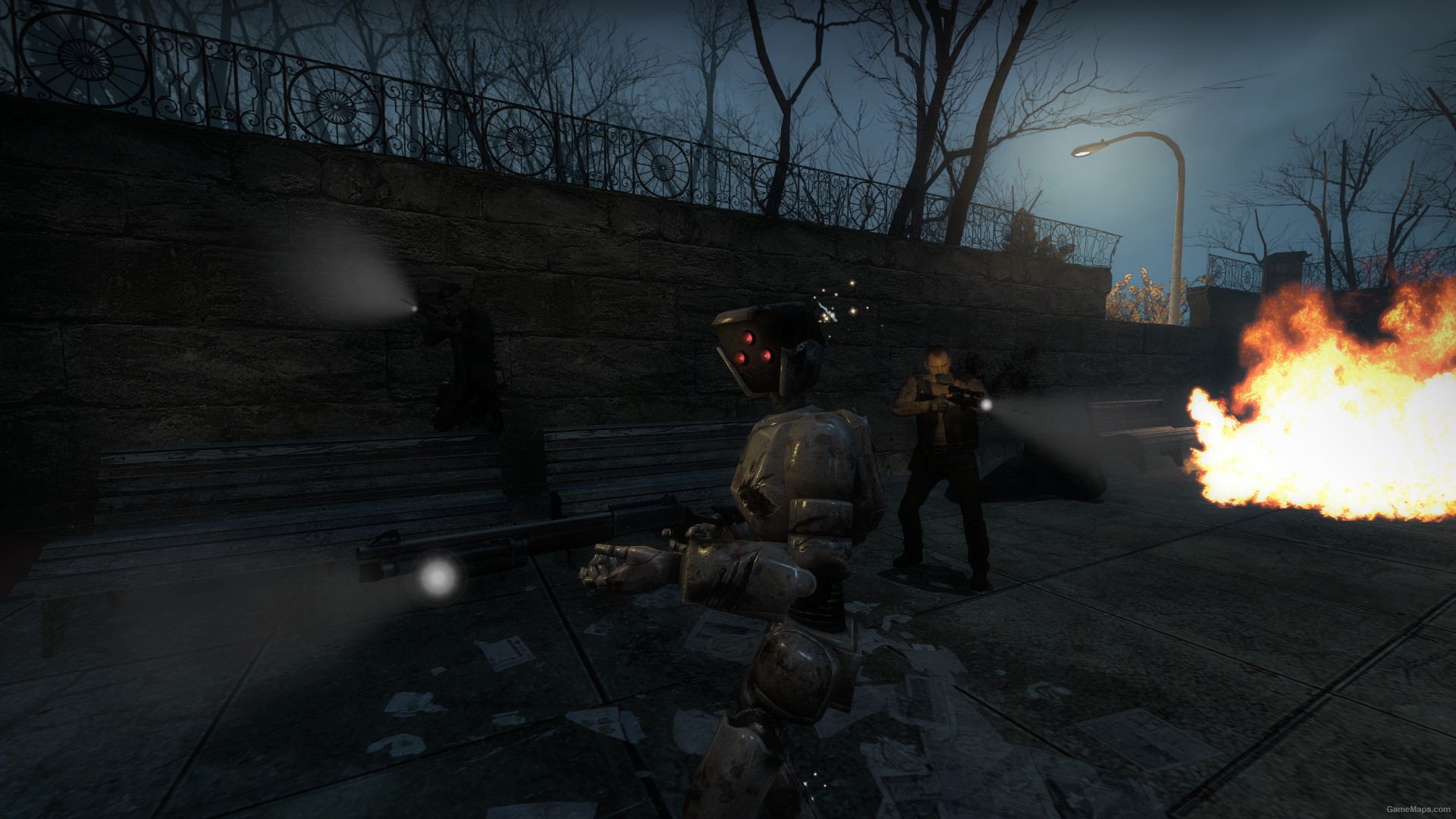

This format uses a recursive definition: all of the control images, such as the local entropy code selection, are encoded the same way as the whole image itself. This complements basic techniques such as dictionary coding, Huffman coding and color indexing transform. It uses advanced techniques such as dedicated entropy codes for different color channels, exploiting 2D locality of backward reference distances and a color cache of recently used colors.
#Left 4 dead 2 plugins software
WebP's lossless compression, a newer algorithm unrelated to VP8, was designed by Google software engineer Jyrki Alakuijala. Color profile An image may have an embedded ICC profile as described by the International Color Consortium. Transparency An image may have transparency, i.e., an alpha channel. Metadata An image may have metadata stored in Exif or XMP formats. The WebP container provides additional support for: The WebP container (i.e., RIFF container for WebP) allows feature support over and above the basic use case of WebP (i.e., a file containing a single image encoded as a VP8 key frame). The open source community quickly managed to port the converter to other platforms, such as Windows. The reference implementation consists of converter software in the form of a command-line program for Linux (cwebp) and a programming library for the decoding, the same as for WebM. WebP also has explicit support for parallel decoding. The output is compressed with entropy encoding. Both transforms are done with fixed-point arithmetic to avoid rounding errors. Mispredicted data and non-predicted blocks are compressed in a 4×4 pixel sub-block with a discrete cosine transform or a Walsh–Hadamard transform. There are four basic modes of block prediction: horizontal, vertical, DC (one color), and TrueMotion. Each block is predicted on the values from the three blocks above it and from one block to the left of it (block decoding is done in raster-scan order: left to right and top to bottom). The side length of WebP images is limited to 16,383 pixels. Without further content, the mandatory RIFF container has an overhead of only twenty bytes, though it can also hold additional metadata.


As such, it is a block-based transformation scheme with eight bits of color depth and a luminance–chrominance model with chroma subsampling by a ratio of 1:2 ( YCbCr 4:2:0). WebP's lossy compression algorithm is based on the intra-frame coding of the VP8 video format and the Resource Interchange File Format (RIFF) as a container format. Īs of November 2021, web browsers that support WebP had 96% market share. The supporting libwebp library reached version 1.0 in April 2018. In September 2020, WebP support was added in Safari version 14. In July 2016, Apple added WebP support to early beta versions of macOS Sierra and iOS 10, but support was later removed in the GM seed versions of iOS 10 and macOS Sierra released in September 2016.

According to Google's measurements in November 2011, a conversion from PNG to WebP resulted in a 45% reduction in file size when starting with PNGs found on the web, and a 28% reduction compared to PNGs that are recompressed with pngcrush and PNGOUT. On 18 November 2011, Google announced a new lossless compression mode, and support for transparency ( alpha channel) in both lossless and lossy modes support was enabled by default in libwebp 0.2.0 (16 August 2012). Older animated GIF files can be converted to animated WebP. On 3 October 2011, Google added an "Extended File Format" allowing WebP support for animation, ICC profile, XMP and Exif metadata, and tiling (compositing very large images from maximum 16384×16384 tiles).
#Left 4 dead 2 plugins free
WebP-related software is released under a BSD free software license. As a derivative of the VP8 video format, it is a sister project to the WebM multimedia container format. It was based on technology that Google acquired with the purchase of On2 Technologies. WebP was first announced by Google on 30 September in 2010 as a new open format for lossy compressed true-color graphics on the web, producing files that were smaller than JPEG files for comparable image quality.


 0 kommentar(er)
0 kommentar(er)
